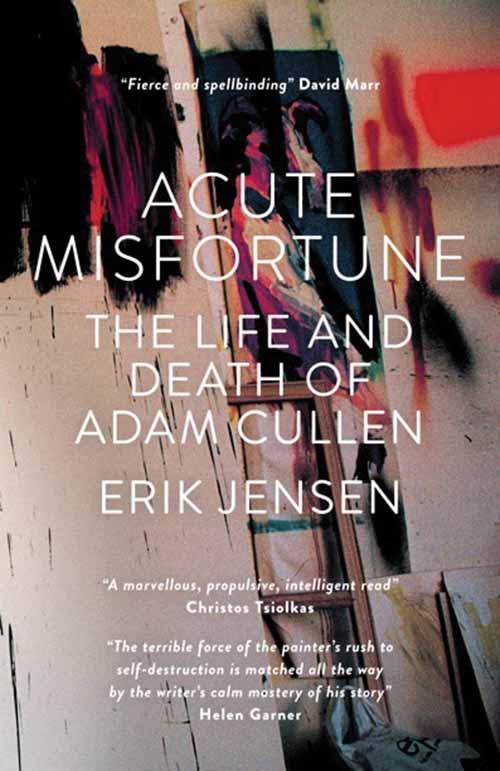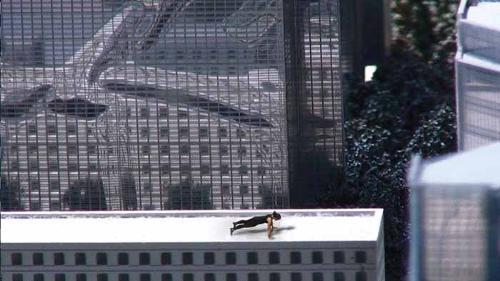.jpg)
The Walters Prize is a biennial award presented to an outstanding work of New Zealand contemporary art produced and exhibited in the preceding two years. It is the country's pre-eminent contemporary art prize, echoing locally the status of Britain’s Turner Prize. The format is similar, a jury selects four projects each of which are then restaged and judged by a notable international curator - this year Charles Esche. It serves several purposes: celebrating the best of contemporary practice; providing an opportunity for finalist artists to cement further any purchase they have achieved overseas; and to expose foreign curators to New Zealand art.
The key difference to the Turner in terms of the works shown is that they are re-stagings, re-presentations, re-imaginings of the originating projects. This is a feature that tests quite different characteristics of a practice than the normative challenges of producing relevant, resonant and robust work. To an extent it realises a re-purposing of the nominated exhibition, which is forced from the original and sometimes integral circumstances of its initial presentation to one that accommodates the institutional expectations of the public institution that serves as host for the award show.
Intriguingly, this year the Gallery recognised the potential helpfulness of this condition. In the concise, informative catalogue Director Rhana Davenport described the Walters Prize as 'an event undaunted by the near-impossible provocation of restaging contemporary art projects’. Intriguingly and helpfully because this reflection indicates not only a renewed attention to sidelining reactionary antagonism to projects in the exhibition (as to be anticipated, it is a contemporary art prize after all) but also to be more careful and more explicit about its national position with emphasis on provocation. Hence the inevitable marketing strapline is, in this case, apropos: ‘New Zealand’s toughest art prize’.
It is tough, not least, for the institution that only one of the four projects in 2014 had a fixed material presence in the Gallery, suggesting both the limitation of the normative appreciation of its task and a correlative opening-out of the exhibition arena beyond the building. This, in turn, exposes as problematic the separation of the public gallery from wider public space – timely both with respect to the expanded view of the gallery’s civic purpose and for maintaining contemporary art as integral to that purpose. Curator Stephen Cleland has attended to those issues by being astute and generous, realising an exhibition that nimbly enables project, artist, gallery and participatory audience.
Esche’s appointment as judge was fortuitous insofar as his curatorial practice is in part concerned with a dethroning of the received model of the museum as an authorising space of public exhibition – and the inevitable, arguably inescapable, structural assumptions that it betrays. All the projects consciously challenge the simplicity of seeing art as an articulation of subjectivity and the institution as an arena to isolate individuated experience within a bounded and restrictive environment.
The winning work, Luke Willis Thompson’s inthisholeonthisisland
whereiam, is not merely an exempla of this type of artistic and sociopolitical position, but one that escalates both intellectual and emotional intensities as to why it is that art is important to us. This goes some way to explain how art both signals the constricting horizon of representational conditions and asserts agency.
The project, first staged at Auckland dealer gallery Hopkinson Cundy (now Hopkinson Mossman) in 2012 and purposefully restaged, involves a series of experiential events that helpfully challenge the assumed position of the gallery and enable participants to review their understanding of the world and art’s place in it. For the Walters Prize exhibition, Thompson constructed a long corridor-like space, over-lit and empty, save for a pre-existing intrusive architectural feature and an almost hidden label. Participants speak with a gallery attendant who then gathers up a small group of people to be escorted by security staff backstage through the gallery to an awaiting taxi. The self-contained driver, Anand, then takes them through a circumlocutory route to a large, faded villa in a nearby suburb. There, through the extraordinary generosity of the absent family who live there, participants are left alone in the home before returning by a different route back through the gallery to the stark corridor space.
The work is precise in its material and conceptual realisation and both intellectually rigorous and exceptionally moving. It plays-up to and up-ends the spectacle of the public space, reveals the operational machinery of the institution and resituates it as distant from the potentiality of imaginative experience and yet as a potentially reinvigorated arena for that undertaking. It is, in this respect, simultaneously tendentious and hopeful; critical, almost scornful, of the closed circuit of art production and display while being attendant to the extraordinary possibilities for art to provoke and invigorate our engagement with the world.












